Photo stories by Rohit Jain
Text by Neha Chauhan
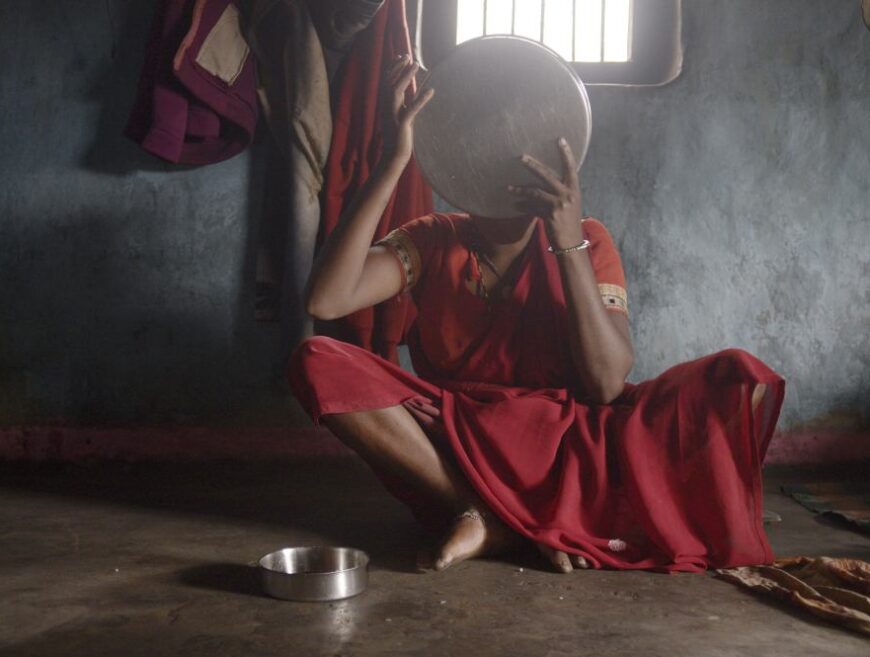
According to the 2021 Global Hunger Index, India ranks 101 out of 116 globally [1]. While India’s hunger problem has been a cause of concern for the policymakers for decades, the economic stagnation and loss of livelihood during the pandemic lay bare the grave hunger and nutrition crisis gripping the nation
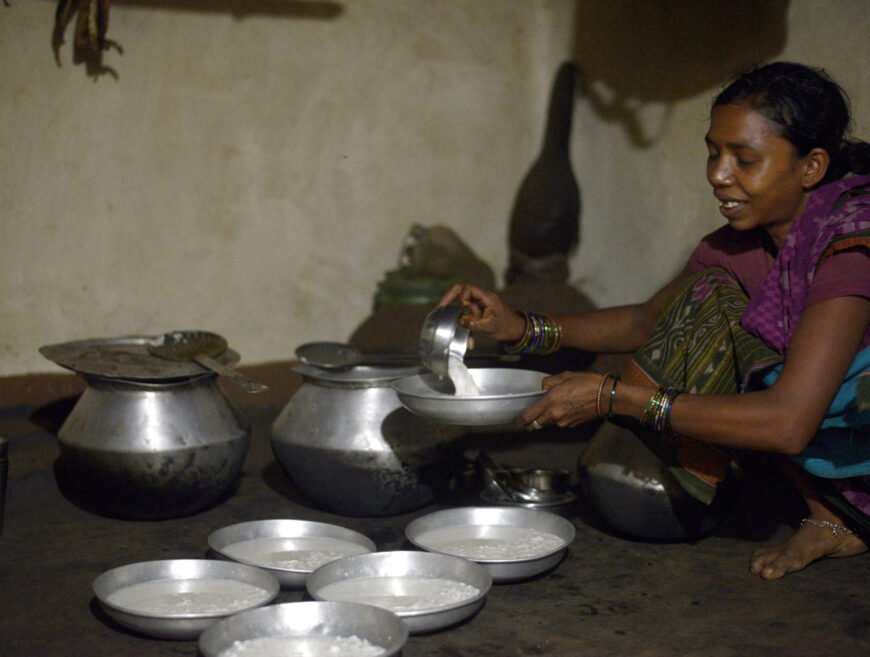
While hunger is defined as “insufficient food energy consumption” [2], malnutrition results from a deficiency of micronutrients and leads to lasting impacts such as stunting and wasting. The National Family Health Survey of 2019-21 [3] reveals that 35.5% of children under 5 were stunted, less height-for-age, and 19.3% were wasted, less weight-for-height. At the same time, 32.1% of children under the age of 5 years were reported to be underweight, that is, have less weight-for-age. Despite the marginal improvements in these figures as compared to the 2015-16’s survey, there is still a long way to go for India in achieving the Sustainable Development Goal-2 of eliminating hunger and all forms of malnutrition by 2030.
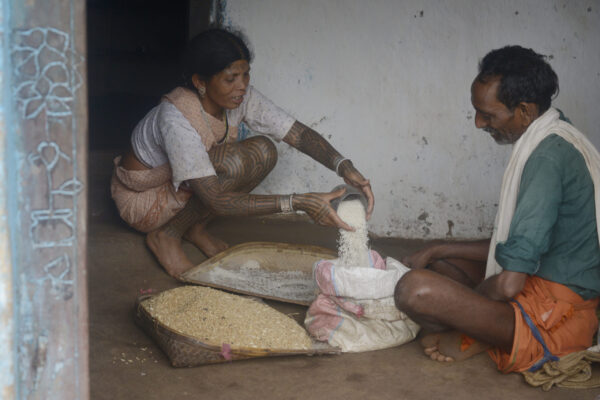
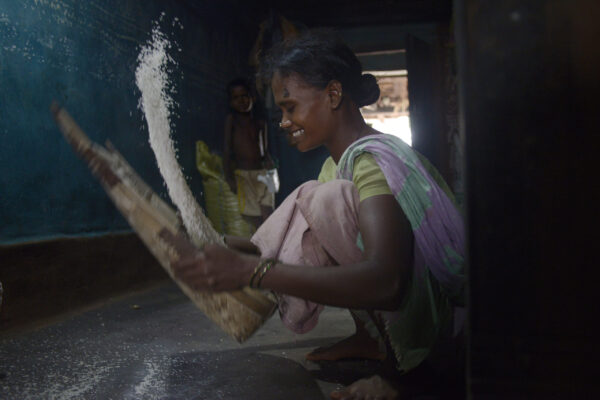
For many communities, rice is a staple in their diets. Lack of easy availability of fruits and vegetables compels people to consume rice in different ways. A family from Birhor Tola village in Jharkhand mentioned that in the last four days, they had eaten eight meals of rice -‘rice with salt’ two times, ‘rice with rice starch water’ two times, ‘rice with seasonal leafy veggies available in the forest’ four times.
Oddly, India has been a food-surplus economy for the past few decades. The 2019-20 RBI report noted that the country had reached a stage where “surplus foodgrain management is a major challenge” [4]. Unfortunately, the excess in food grains has not translated into the availability of food for the citizens, thus highlighting a lack of policy focus in addressing the hunger challenge. At the same time, the limited policies which are aimed at addressing the hunger challenge fail to consider the problem of nutrition in the country. For instance, it has been recognised that diet diversification is essential to confront the problem of micronutrient deficiencies. However, the procurement at Minimum Support Price is limited to mostly rice and wheat. This, in turn, limits the variety of food/ration which is distributed through different government programmes.
The recently announced Budget 2022 also did not include any significant measures to address the problem of hunger and malnutrition. The Finance Minister, Nirmala Sitharaman, announced that the government would upgrade two lakh anganwadis with “better infrastructure and audio-visual aids” [5]. However, the allocation that the government’s Saksham Anganwadi and Poshan 2.0 scheme received was Rs. 20,263 crores. A mere 1.3% increase over the revised estimates of 2021-22. At the same time, the food subsidy was slashed by more than 27%.
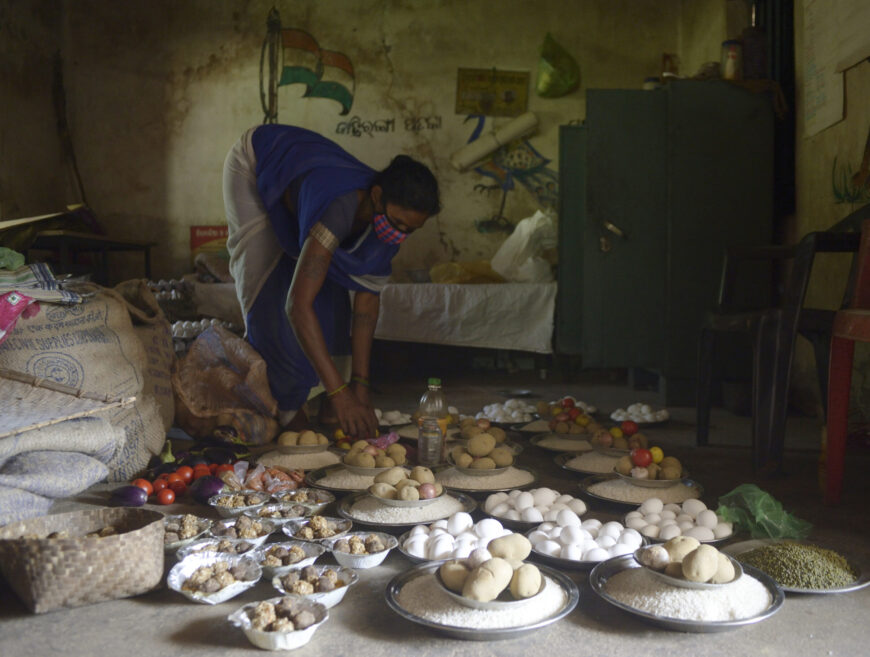
Given the grim situation, there is an urgent need for strengthening and expanding the existing institutions in place to tackle food insecurity. Universalisation of the public distribution system is one way by which policymakers can ensure that no one is left out of the food security net. The Food Corporation of India’s overflowing granaries makes it clear that such a step is feasible [6].
There is also an urgent need for the Government to proactively introduce more nutritious and diversified food in the mid-day meal scheme in schools and anganwadis. Specific policy interventions are also needed to improve the hunger indicators of marginalised groups, women, and children.
With its recent efforts such as recognising 2018 as the National Year of Millets, the government has started acknowledging the importance of millets to address the country’s nutrition challenge. However, a lot remains to be done. While millets are known to be more nutritious than rice and wheat, India’s procurement and distribution policies continue to be tilted in the favour of the latter. The government’s procurement policies require a renewed focus on crops other than rice and wheat.
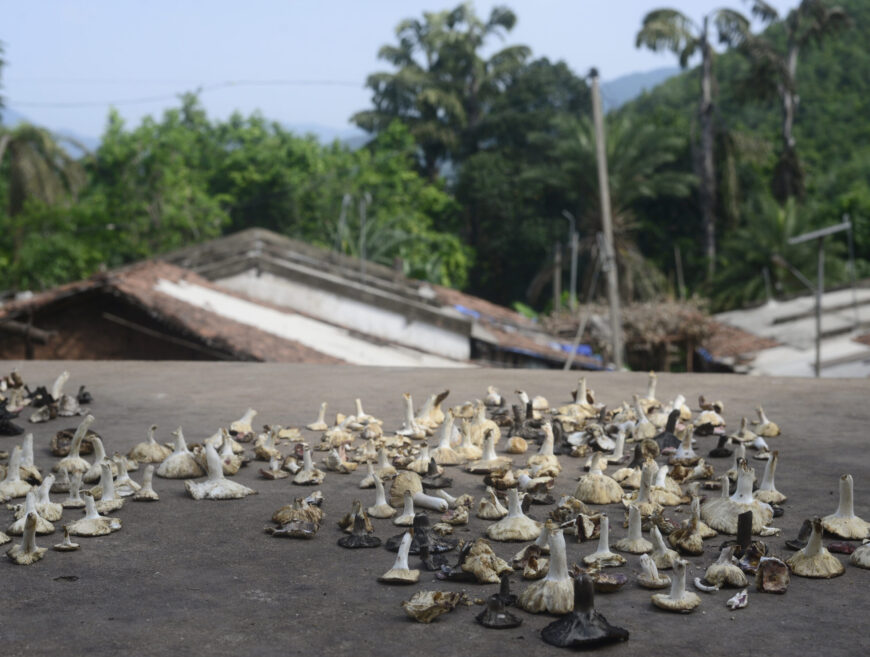
Food security refers to a situation where people have access to nutritious food and this access is stable [7]. To ensure the same for citizens, the conversations around food security need to shift from food availability to food accessibility. Since the early years of the Green Revolution in the 1960s, the focus of the policymakers has been on achieving food self-sufficiency. As a result, the foodgrain stocks of the government have increased over time. However, as is clear from the hunger and nutritional indicators, such a narrow approach has not made a significant dent in addressing food insecurity.
It is not simply enough to adequately produce and procure. To solve India’s food insecurity problem, the focus of the policymakers needs to be on diversifying its foodgrain stocks as well as making these diverse stocks accessible to the people who need them.
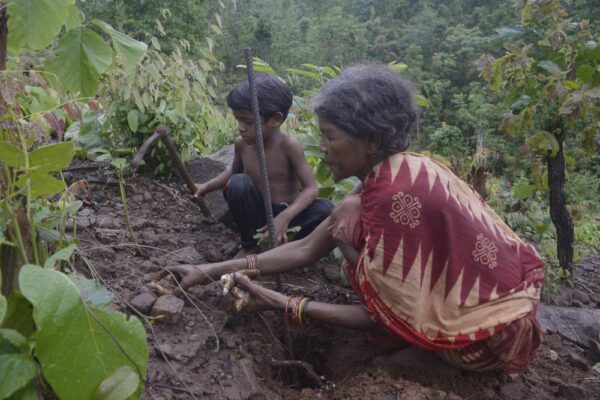
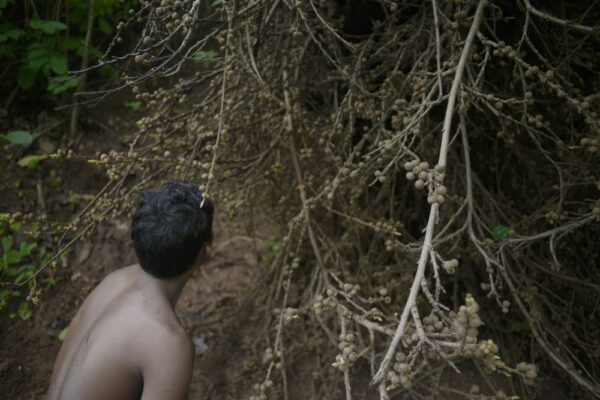
In forest areas, many tribal communities collect tubers, roots, leaves, flowers, and fruits for consumption. Tubers, especially, are a major source of carbohydrates and therefore sustenance. They play a significant role in ensuring food security for the communities.
References:
[1] Von Grebmer, K., J. Bernstein, C. Delgado, D. Smith, M. Wiemers, T. Schiffer, A. Hanano, O. Towey, R. Ní Chéilleachair, C. Foley, S. Gitter, K. Ekstrom, & H. Fritschel. (2021). 2021 Global Hunger Index: Hunger and Food Systems in Conflict Settings. Welthungerhilfe and Concern Worldwide. https://www.globalhungerindex.org/pdf/en/2021.pdf.
[2] EC-FAO Food Security Programme, Agriculture and Economic Development Analysis Division. (2008). An Introduction to the Basic Concepts of Food Security. FAO.https://www.fao.org/publications/card/en/c/2357d07c-b359-55d8-930a-13060cedd3e3/.
[3] International Institute for Population Sciences. (2021). National Family Health Survey – 5: 2019-21. Ministry of Health and Family Welfare, Government of India. http://rchiips.org/nfhs/NFHS-5_FCTS/India.pdf.
[4] Reserve Bank of India. (2020). Reserve Bank of India Annual Report 2019-20. Jang Bahadur Singh, Director on behalf of the Reserve Bank of India. https://www.rbi.org.in/Scripts/AnnualReportPublications.aspx?year=2020.
[5] Government of India. (2022). Budget 2022-23: Speech of Nirmala Sitharaman, Finance Minister. Government of India. https://www.indiabudget.gov.in/doc/Budget_Speech.pdf.
[6] Food Corporation of India. (n.d.). https://fci.gov.in/stocks.php?view=46.
[7] EC-FAO Food Security Programme, Agriculture and Economic Development Analysis Division. (2008). An Introduction to the Basic Concepts of Food Security. FAO. https://www.fao.org/publications/card/en/c/2357d07c-b359-55d8-930a-13060cedd3e3/.
This photo project was made possible by a grant from the Pulitzer Center on Crisis Reporting.
Rohit Jain is an independent social documentary photographer and short story writer based in Goa, India. His works focus on human and life development photo stories. He has worked independently with World Bank, UNICEF India, Haq – Center for Child Rights, among others. Previously, his works have been widely published by The Hindu, Huffington Post, Vice, National Herald, etc.
